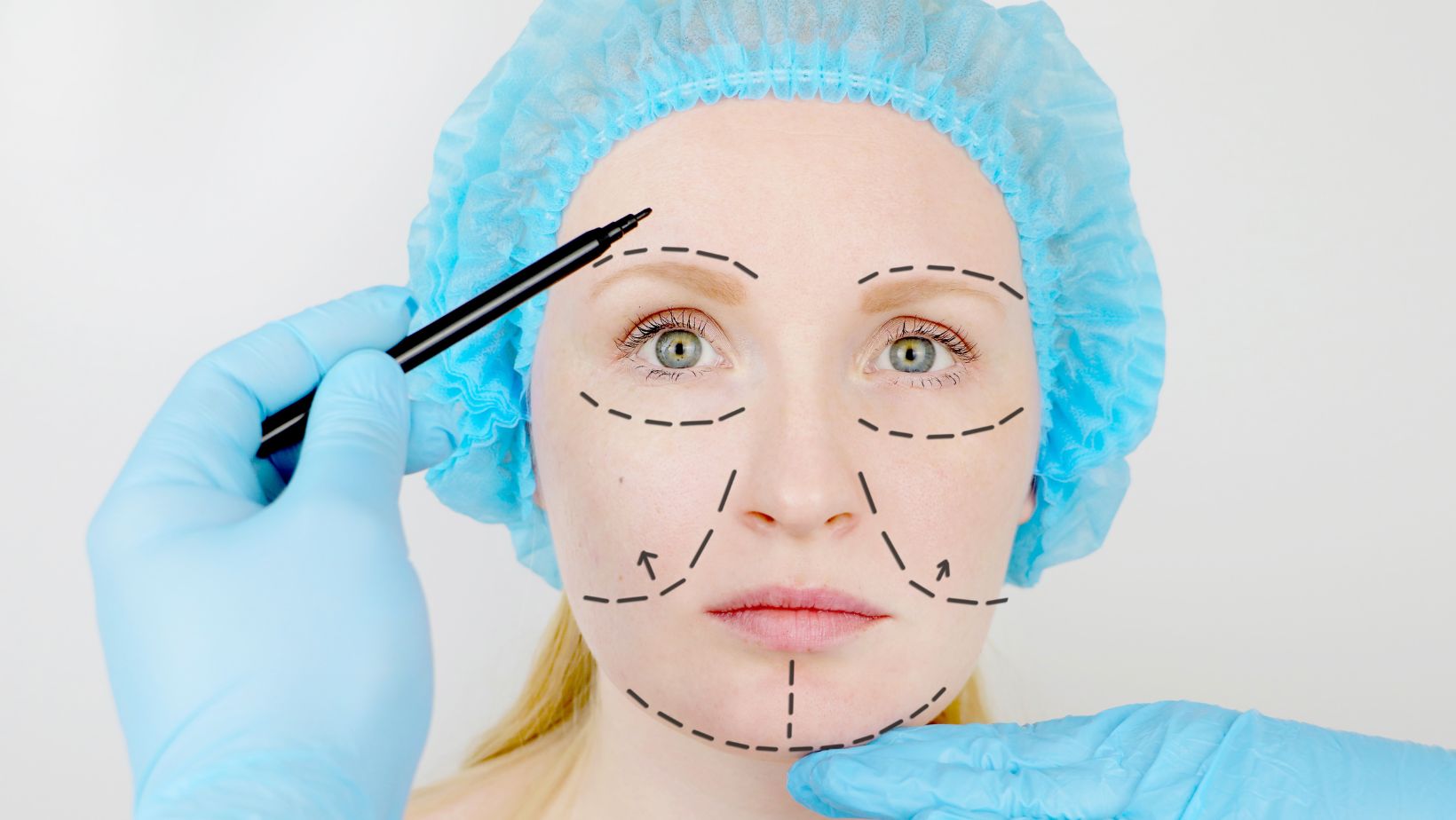Journey to Aesthetics: Steps to Becoming a Plastic Surgeon

Plastic surgery is a dynamic and rewarding field that requires dedication, extensive training, and a profound commitment to helping individuals enhance their quality of life.
Behind the allure of transformative procedures lies a rigorous path that aspiring plastic surgeons undertake, encompassing education, residency, and specialized training. Understanding these primary stages is crucial for pursuing this esteemed medical profession.
If you’re one of them, find out how to become a plastic surgeon in these seven steps:
Step 1: Complete a Bachelor’s Degree
The journey to becoming a plastic surgeon commences with a robust undergraduate education. Prospective surgeons typically pursue a bachelor’s degree in a science-related field, such as biology, chemistry, or pre-medical studies.
Strong performance in coursework, especially in sciences, mathematics, and research methodologies, is essential for getting admitted into medical school. Learning about plastic surgery school requirements at this stage will help you prepare for the tough road ahead.
Step 2: Pass The MCAT
Aspiring physicians must undertake the Medical College Admission Test (MCAT). This standardized exam assesses knowledge of physical sciences, biological sciences, critical thinking, and verbal reasoning.
Passing this exam is a crucial step in the application process, with most educational institutions requiring it. So, if you’re eyeing to enroll in a reputable medical school, achieving a competitive score on the MCAT is crucial for admission.
Step 3: Graduate From Medical School
After completing a bachelor’s degree, future plastic surgeons embark on a four-year medical school program. Here, they delve deeply into essential medical sciences, clinical practice, and patient care. The curriculum includes classroom learning, laboratory work, and clinical rotations across various specialties, offering a holistic understanding of healthcare.
Step 4: Obtain a Medical License
Acquiring a medical license is critical after completing the necessary education and training. Doing so allows you to practice surgical procedures legally.
Licensure requirements vary by state and country but typically involve:
- Completion of an accredited medical school and residency program
- Passing the United States Medical Licensing Examination (USMLE) or relevant exams in other countries
- Meeting state-specific requirements for clinical practice hours and ethical standards
It’s important to determine the requirements in your area for a seamless application process. Aspiring plastic surgeons apply for licensure through the medical board or licensing authority in their respective regions.

Step 5: Complete General And Specialized Residency Programs
Following medical school, individuals pursue a residency program that typically spans six years. Most residents complete three years of general surgery and another three years of specialized plastic surgery residency. Some undergo a five-year general surgery residency and a three-year plastic surgery residency program.
The general surgery phase focuses on honing surgical skills, mastering critical decision-making in high-pressure scenarios, and providing comprehensive patient care. Residents work closely with experienced surgeons, gaining invaluable experience in the operating room and clinical settings.
Specialized Residency
Post-general surgery residency, future plastic surgeons enter a specialized residency in plastic surgery, lasting an additional three years. This intensive phase delves deeply into both the reconstructive and cosmetic aspects of this field.
Trainees refine their skills in procedures involving different sections of the body. They work closely with mentors, perform surgeries under supervision, and participate in research, contributing to the advancements in the field.
Step 6: Fellowship Training (Optional)
Pursuing a fellowship is an option for those seeking further specialization or a deeper understanding of a specific area within plastic surgery. Fellowships, which last one to two years, offer focused training in subspecialties such as craniofacial surgery, microsurgery, or hand surgery. These programs provide an opportunity to refine skills in highly specialized areas, including aesthetic surgical procedures, and involve practical and research responsibilities.
Step 7: Get a Board Certification
Upon completion of residency and optional fellowship, aspiring plastic surgeons seek board certification by passing rigorous exams administered by the American Board of Plastic Surgery or relevant boards in other countries.
Continuing education through conferences and workshops and staying updated with the latest advancements in techniques and technology is crucial for maintaining expertise and board certification.

How Long Does It Take to Be a Plastic Surgeon?
In summary, it will take you at least 14 years of studies and training to pursue a plastic surgery career after high school graduation. Here’s what it looks like:
- Bachelor’s degree (four years)
- Medical school (four years)
- Residency program (six years)
Your journey will take one to two years longer if you decide to complete a fellowship program that lasts more than a year.
Final Thoughts
Becoming a plastic surgeon is an arduous yet immensely rewarding path. It demands unwavering dedication, extensive education, and continuous pursuit of excellence. Through rigorous training and education, aspiring plastic surgeons acquire the expertise and proficiency needed to make a significant difference in the lives of their patients.
Start early if you’re planning to pursue a career in this specialized medical field. Find out what it takes to become a good plastic surgeon, acquire key skills, and embrace continuous learning even before entering the halls of your chosen medical school.
What's Your Reaction?
Deepak is a lover of nature and all things sporty. He loves to spend time outdoors, surrounded by the beauty of the natural world. Whether he's hiking, biking, or camping, Deepak enjoys being active and in touch with nature. He also loves to compete and push himself to his limits. Deepak is an avid cyclist, runner, and swimmer. He has competed in several triathlons and marathons, and is always looking for new challenges to take on.



